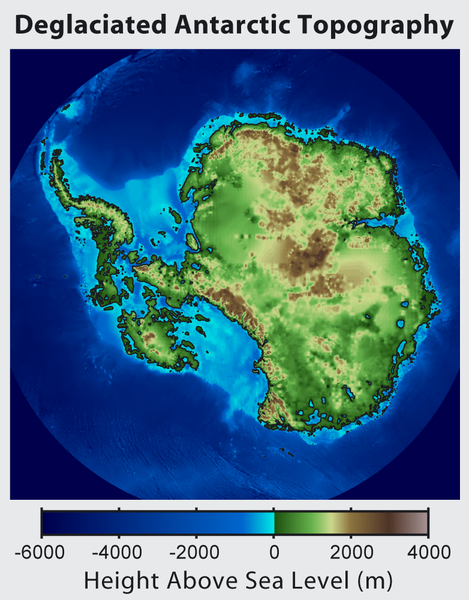Vaizdas:Antarctica Without Ice Sheet.png

Šios peržiūros dydis: 469 × 600 taškų. Kitos 3 rezoliucijos: 188 × 240 taškų | 375 × 480 taškų | 782 × 1 000 taškų.
Didesnės raiškos iliustracija (782 × 1 000 taškų, rinkmenos dydis: 675 KiB, MIME tipas: image/png)
Rinkmenos istorija
Paspauskite ant datos/laiko, kad pamatytumėte rinkmeną tokią, kokia ji buvo tuo metu.
| Data/Laikas | Miniatiūra | Matmenys | Naudotojas | Paaiškinimas | |
|---|---|---|---|---|---|
| dabartinis | 19:56, 16 birželio 2015 |  | 782 × 1 000 (675 KiB) | Szczureq | larger image |
| 08:57, 10 spalio 2012 |  | 469 × 600 (316 KiB) | Strannik27 | User created page with UploadWizard |
Paveikslėlio naudojimas
Paveikslėlis nenaudojamas nei viename straipsnyje.
Visuotinis rinkmenos naudojimas
Ši rinkmena naudojama šiose viki svetainėse:
- Naudojama ar.wikipedia.org
- Naudojama ast.wikipedia.org
- Naudojama ban.wikipedia.org
- Naudojama ba.wikipedia.org
- Naudojama be-tarask.wikipedia.org
- Naudojama be.wikipedia.org
- Naudojama br.wikipedia.org
- Naudojama bxr.wikipedia.org
- Naudojama ca.wikipedia.org
- Naudojama cs.wikipedia.org
- Naudojama de.wikipedia.org
- Naudojama en.wikipedia.org
- Naudojama es.wikipedia.org
- Naudojama es.wikibooks.org
- Naudojama fr.wikipedia.org
- Naudojama id.wikipedia.org
- Naudojama it.wikipedia.org
- Naudojama ja.wikipedia.org
- Naudojama ka.wikipedia.org
- Naudojama kn.wikipedia.org
- Naudojama la.wikipedia.org
- Naudojama mn.wikipedia.org
- Naudojama nl.wikipedia.org
- Naudojama no.wikipedia.org
- Naudojama pl.wikipedia.org
- Naudojama ru.wikipedia.org
- Naudojama tg.wikipedia.org
- Naudojama tr.wikipedia.org
- Naudojama uk.wikipedia.org
- Naudojama zh.wikipedia.org
- Naudojama zu.wikipedia.org


